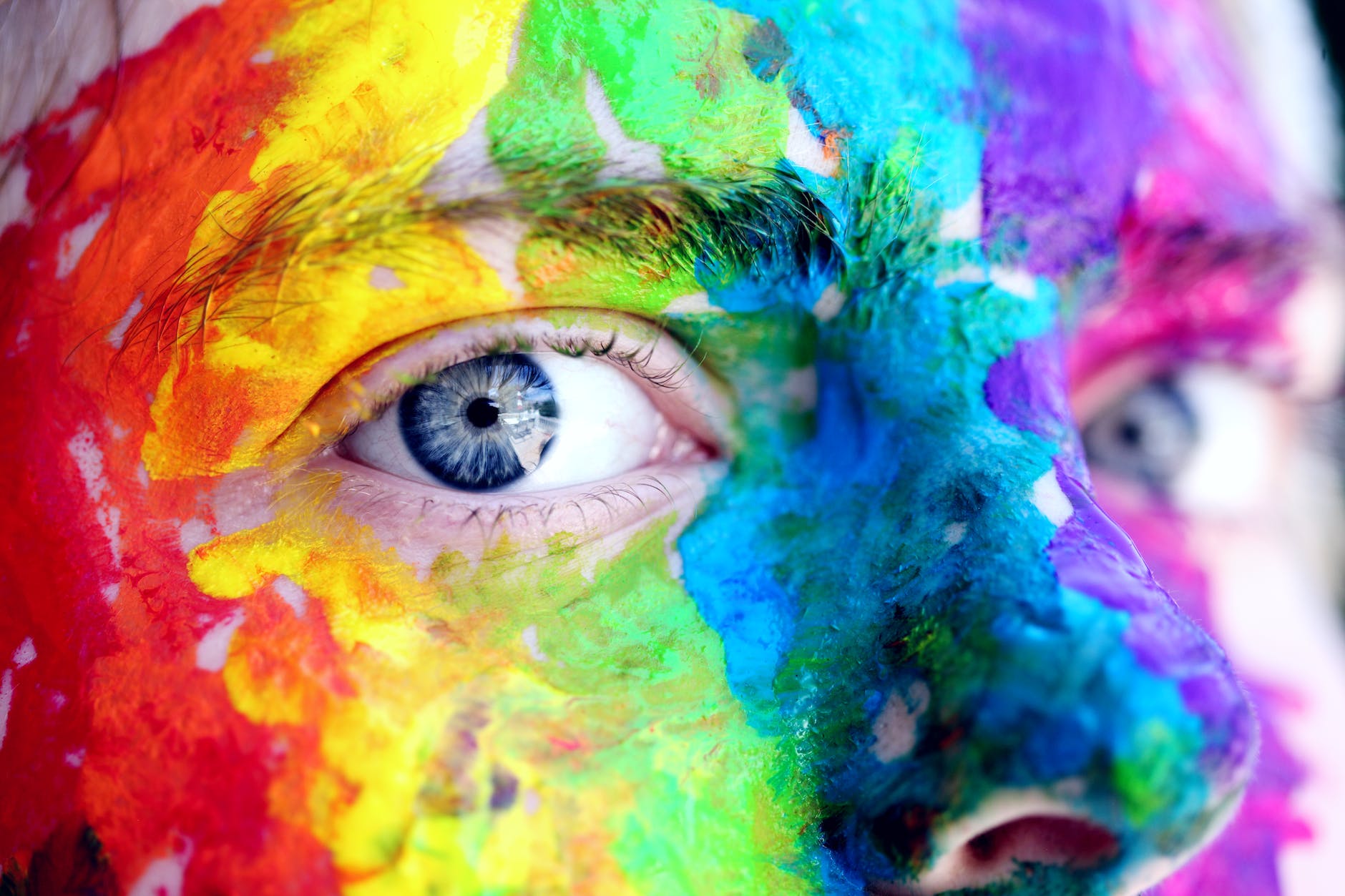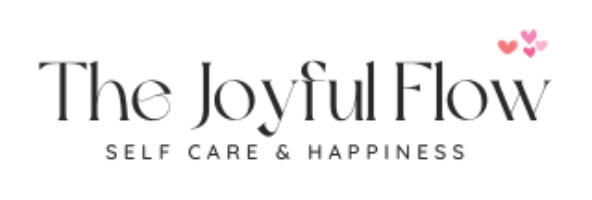To grasp the psychology of color, we delve into the scientific theories that anchor this field. One prominent theory suggests that specific colors can trigger distinct emotional responses. For instance, warm colors like red and orange evoke excitement and passion, whereas cool colors like blue and green often bring calmness and tranquility. This theory suggests that colors can stimulate the brain, activating certain neural pathways that influence emotions and mood.

Furthermore, evolutionary psychology offers another lens through which we can understand the emotional impact of colors. This perspective posits that our reactions to colors are deeply ingrained in our evolutionary heritage. The color red, for example, can elevate heart rate and blood pressure, a response that echoes our ancestors’ association of red with danger and urgency. Conversely, the color green, reminiscent of lush landscapes, may elicit a sense of safety and relaxation, harking back to its historical significance as a symbol of fertile land and abundance.
How Colors Shape Our Mood
The ability of colors to shape our mood is truly remarkable. Certain colors can brighten our spirits and instill joy, while others may summon feelings of sadness or anxiety. Being mindful of how different colors influence our mood allows us to make deliberate choices about the colors we surround ourselves with, enhancing our daily lives.
Take, for example, the vibrant and cheerful hues of yellow and orange. These colors are closely tied to happiness and energy and are known to boost serotonin levels and foster feelings of well-being. By integrating these hues into our surroundings, such as through art or home decor, we can cultivate an environment brimming with joy and positivity.
Conversely, the soothing shades of blue and green offer a tranquil escape from the hustle and bustle of daily life. These colors can significantly reduce stress levels and promote relaxation. Incorporating these calming tones into our personal spaces can help create a peaceful haven that nurtures our mental and emotional well-being.
The Cultural Tapestry of Colors
Colors also weave a rich tapestry of cultural significance, with meanings that can vary dramatically across different societies and traditions. While white often symbolizes purity and innocence in Western cultures, it represents mourning and grief in some Eastern traditions. Similarly, red can signify luck and prosperity in Chinese culture, whereas it often embodies passion and love in Western contexts.
This cultural diversity in color interpretation is especially pertinent in marketing and branding, where understanding the emotional and cultural nuances of colors can enhance communication and resonance with diverse audiences. Recognizing these cultural differences in color perception is crucial for businesses aiming to connect meaningfully across global landscapes.
Personal Reflections: The Psychology of Different Colors
Each color carries its own psychological weight, uniquely influencing our emotions and moods. Here’s a glimpse into the psychological essence of several common colors:
- Red: A color of passion and dynamism, red captivates our senses, stimulating alertness and appetite. It’s a color that can both energize and intimidate, embodying the dual nature of excitement and caution.
- Blue: A bastion of calm and reliability, blue evokes a sense of serenity and trustworthiness, making it a favorite in corporate branding. Its association with productivity and concentration also makes blue an ideal choice for workspaces.
- Yellow: The epitome of happiness and creativity, yellow shines brightly, lifting our spirits and encouraging a positive outlook. It’s a color that radiates warmth and inspires inventive thought.
- Green: Symbolizing growth and harmony, green offers a soothing embrace, reducing anxiety and fostering a sense of renewal. It’s a color deeply connected to nature, promoting balance and tranquility.
Incorporating Color Psychology into Everyday Life
Embracing the psychology of color in our daily lives can transform our environments and enhance our well-being. Whether choosing calming blues for a restful bedroom or energizing yellows for a lively living space, understanding the impact of color allows us to create atmospheres that reflect and support our desired emotional states. Moreover, our clothes also serve as a canvas for color psychology, influencing our moods and our own. Our attire’s strategic use of color can convey confidence, approachability, and professionalism, playing a pivotal role in our non-verbal communication.
The journey into the psychology of color is a testament to the profound connection between color and emotion. This relationship enriches our understanding of ourselves and the world around us. By embracing colors that resonate with our personal and cultural narratives, we can harness their power to uplift, soothe, and inspire, paving the way for a life of enhanced joy and balance. Let the spectrum of colors guide you on a path to well-being, inviting you to experience the world in vibrant, meaningful hues.





